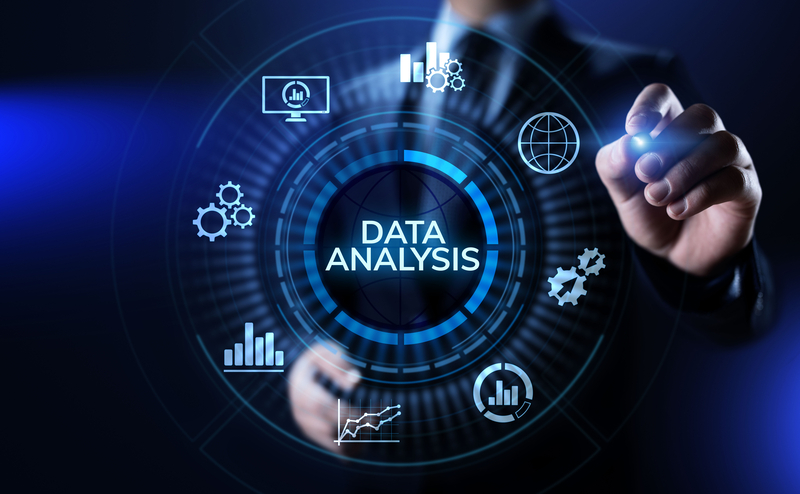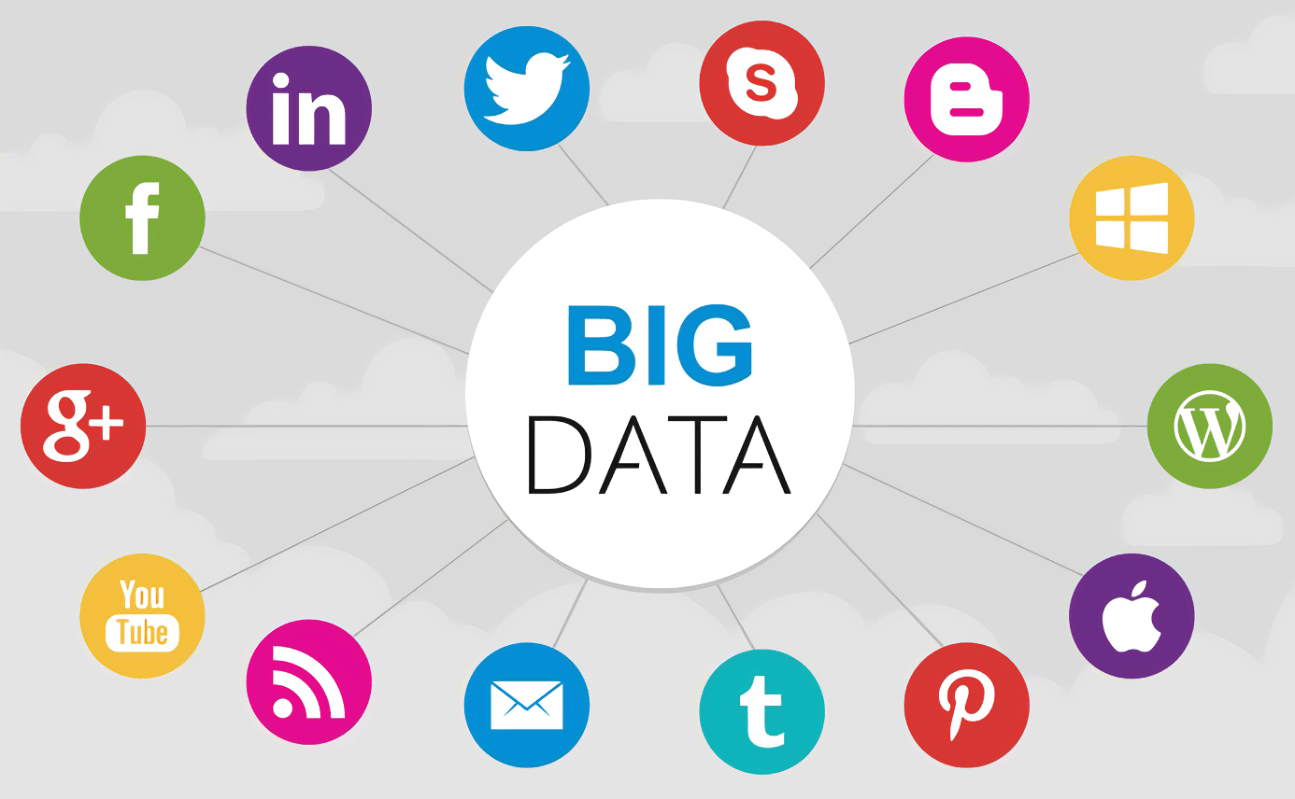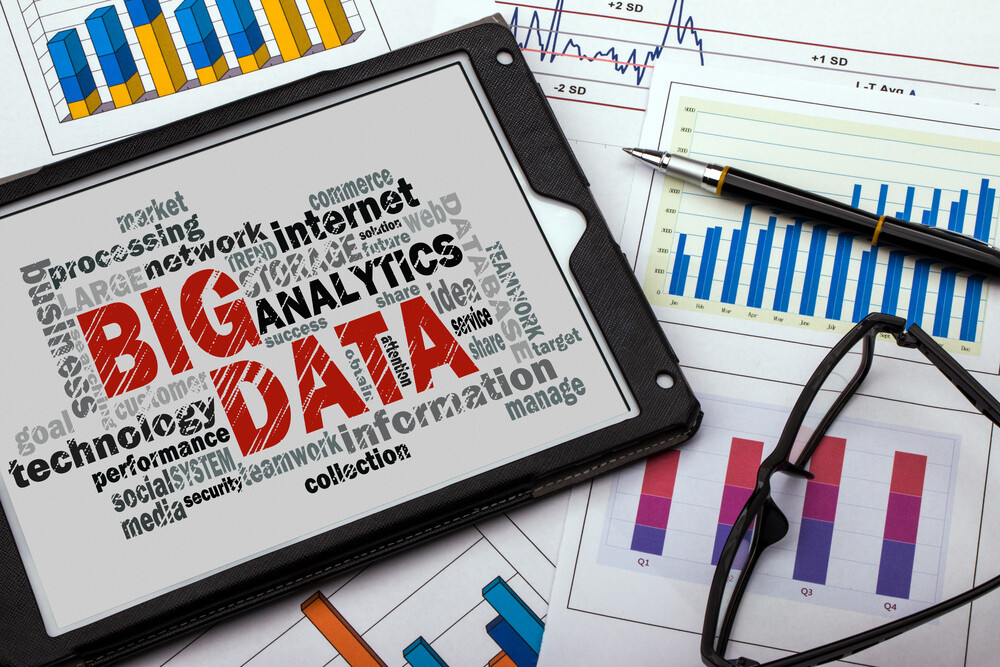What is Big Data and Data Analytics?
Big data and data analytics are essential for analyzing current situations and making informed plans for both the near and distant future.
Big Data refers to datasets that are too large, fast, and diverse to be processed by traditional data methods. These datasets can be structured, unstructured, or semi-structured. In today’s digital world, large amounts of data are generated from various sources such as social media posts, user interactions on websites, and data obtained from IoT (Internet of Things) devices.
There are three main factors known as the 3 V’s of Big Data:
Volume: Refers to the enormous amount of data, often in terabytes and petabytes.
Velocity: The speed at which data is collected and processed is rapid.
Variety: Data can exist in various formats such as text, images, video, and sensor data.
What is Data Analytics?
Data analytics involves analyzing big data to assist organizations in areas like customer behavior analysis, operational efficiency, and marketing strategy optimization.
Applications of Data Analytics:
Product Development: Data analysis provides insights into product viability, informs development decisions, measures progress, and enhances performance aligned with customer needs.
Customer Attraction and Retention: Analyzing user or customer data can identify trends to improve satisfaction. For instance, if a product feature isn’t well-received, adjustments can be made to make it more appealing to users.
Price Optimization: Retailers can use data from multiple sources to choose pricing models that maximize revenue.
Targeted Advertising: Data from sources like past purchases, engagement patterns, and product page views can create targeted advertising campaigns, both on an individual level and at a larger scale.
Risk Prediction and Management: Big data analytics can predict potential risks and provide solutions to mitigate or solve problems.
Improving Decision-Making: Data-driven insights can help organizations make faster and more informed decisions.
How Does Big Data Analytics Work?
Data scientists and analysts collect data from traditional BI and analytics applications, process and analyze big data.
Here we will provide an overview of the steps of the big data analysis process.

Each organization uses various sources to collect data. Some common sources include:
Social Media Content: Data generated from posts, comments, likes, and other user interactions on platforms like Facebook, Twitter, Instagram, etc.
Data in the Database: Information stored in internal databases, including customer data, transaction records, and operational details.
Mobile Applications: Data from app usage, user behavior, preferences, and interactions on mobile devices.
Market and Competitor Analysis: Insights gathered from studying market performance, trends, and competitor activities.
Customer Emails and Survey Responses: Feedback and data collected from direct customer communications, surveys, and reviews.
Machine Data from IoT Sensors: Data generated by sensors connected to the Internet of Things (IoT), including information from smart devices, wearables, and other connected systems.

After collecting and storing the data in a data warehouse, big data professionals need to organize and structure the data appropriately. Data is cleaned to improve its quality. Data scientists clean the data using programming tools. They look for any errors or inconsistencies and organize and sort the data.
The collected, processed and cleaned data is analyzed with analytical software.
Data analysis tools are used to do the following:
- Data mining, which combs through datasets to find patterns and relationships.
- Machine learning, which uses different algorithms to analyze large data sets.
- Deep learning, a more advanced branch of machine learning.
- Predictive analytics that builds models to predict future customer behavior, scenarios and trends.
- Artificial intelligence (AI)
- Business intelligence software
- Data visualization tools
Application Examples
Here are some examples of how big data analytics can be used to help organizations:
- Product development: Big data analytics can provide insights into product viability, inform development decisions, measure progress, and improve performance to suit a business’s customers.
- Customer attraction and retention: Using the data left by the user or customer can act on trends to improve customer satisfaction. For example, a part of the project that is not welcomed by users should be changed to make it more attractive to users, or another part should be changed to please users and attract more users.
- Price optimization: Retailers can choose pricing models that use data from multiple sources to maximize revenue.
- Targeted advertising Data from sources such as past purchases, engagement patterns and product page viewing history can help create targeted advertising campaigns for users at an individual level and on a larger scale.
- Big data analytics can predict potential risks and deal with them by providing solutions or solving the problem.
- Improving the decision-making insights business users gain from relevant data can help organizations make faster and better decisions.

Advantages of Data Analysis
- Cost savings that can result from process efficiency and optimization.
- Rapid analysis of large volumes of data from different sources, in different formats and types.
- Quickly make informed decisions for effective strategy.
- Better understanding of customer needs, behaviors and emotions leads to better marketing insights as well as informs product development.
- Improved and more informed risk management strategies derived from large sample volumes of data.
Disadvantages of Data Analysis
- Maintaining data quality with large volumes of data imported in different formats and from different sources. Data quality management for big data requires a significant amount of time, effort and resources to maintain it properly.
- Data access becomes more complex with larger data volumes. Big data needs to be properly stored and maintained to ensure it can be used by data scientists and analysts.
- Data security. The complexity of big data systems brings with it some security challenges. Properly addressing security concerns in such a complex big data ecosystem can be a complex task.
- Choosing the right tool. Choosing from the wide variety of big data analytics tools and platforms on the market can be confusing, so organizations need to know how to choose the best tool for their users’ needs and infrastructure.
- Because this operation is so difficult, not only are there few scientists and analysts who can do it, but it also comes at a high cost to companies, which is difficult to manage.



Pingback: What is Pandas? A Guide to Data Analysis with Python - Codinic
Pingback: What is Kafka? Real-Time Data Streaming - Codinic
Pingback: What is HackerRank? 4 Effective Tips for Success - Codinic